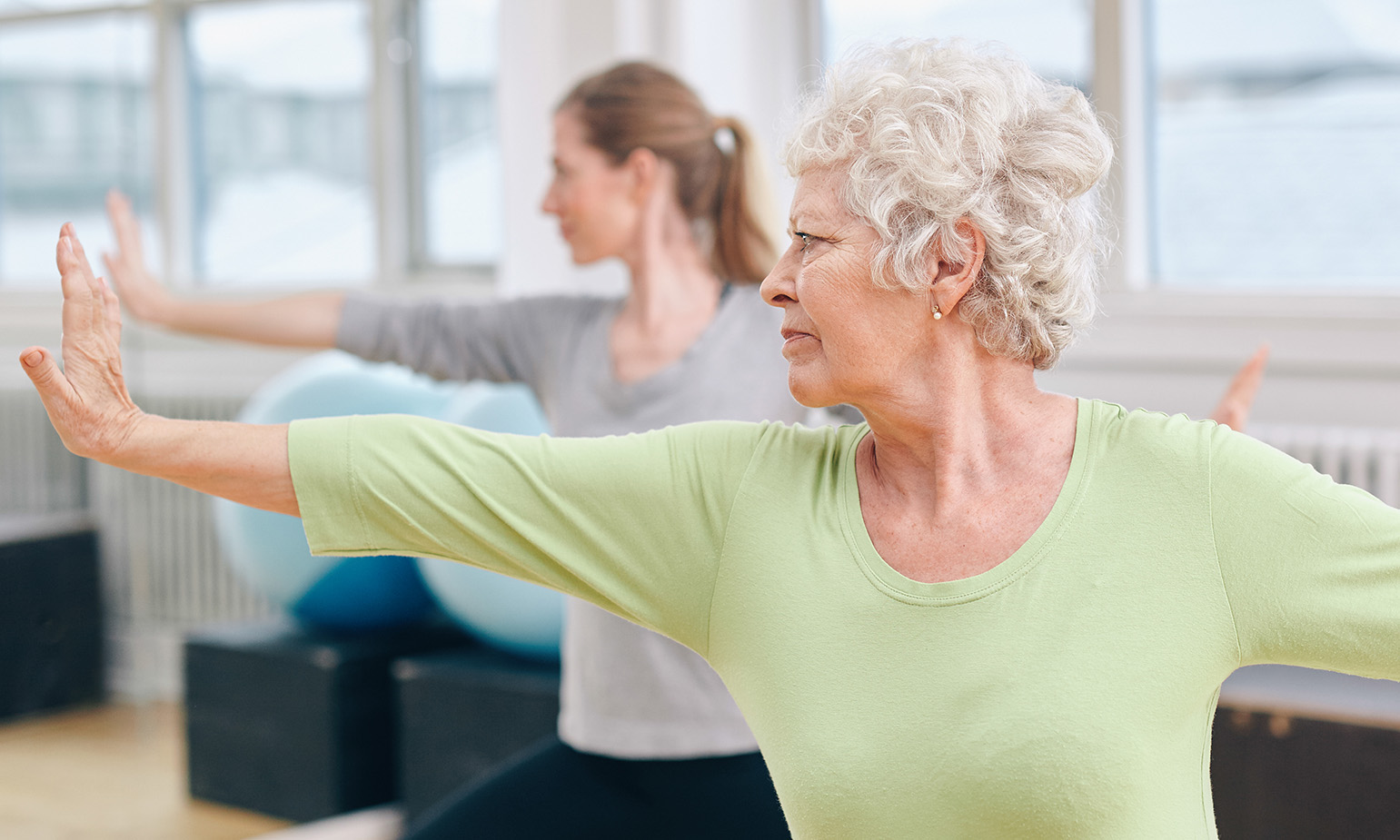Regular exercise is a critical component of self care and overall physical, mental, and emotional health. As you work to incorporate an exercise routine into your life, one area that can sometimes be neglected is your own personal safety. Here are a few ways you can reduce personal risks while you add highly beneficial daily activity.
Don’t Go Out Alone
Whether you find an exercise buddy or get a good extended coverage phone like one of the many Boost Mobile devices, make sure that you are prepared for the unexpected. From a sprained ankle to a dog attack and other mishaps in between, you never know what could happen when you venture out to hike or jog. Don’t let fear keep you from enjoying these very beneficial activities though. Just replace the fear with preparedness and you will be in a much better position to deal with the unexpected.
Especially when you venture out to more remote locations, having a phone with good coverage is essential. Consider both a buddy and a good phone. Also, you may want to carry a good hiking stick that can double as a weapon, or carry mace, dog, or bear spray depending on the area you will be in. No matter where you are, be aware of your surroundings and take adequate precautions to keep yourself safe.
Consult With Your Doctor
All of the medical disclaimers state it, but how many people honestly consult their doctor before beginning a new exercise program? It cannot hurt, and it may help, to get your healthcare provider’s input on the physical activity you would like to engage in. The provider can make sure that the activity is safe for any conditions you may have. He or she may also have recommendations for the amount and intensity of the exercise specifically as it applies to your health.

Seeking out a professional opinion not only can decrease your risk of causing yourself harm, it can also lead to new discoveries, since your doctor may be able to add information or suggestions that are well-researched and very helpful as you start out with a new exercise regimen. For example, if you have a heart condition, your doctor may be able to recommend specific exercise programs that are safe and effective for you.
Be More Body Aware
Body awareness involves engaging in lower impact movement and exercise where you place your attention on your body mechanics and how your body is able to move and not move. It is beneficial to have a daily practice that involves body awareness so that you can track changes in how your body feels each day.
Yoga is a great way to build body awareness and greatly reduce your chances of injury through gently increasing your strength and flexibility. Gentle forms of dance and pilates may also be good options as you consider practices to help you gain greater awareness of your body. A gentle swim workout where you focus on breathing evenly and how your body feels as you move through a variety of different strokes can also give you an excellent picture of how your body is working.
Many injuries occur during physical activity due to inadequately stretched muscles, tendons, and ligaments. With body awareness you can notice such imbalances more easily and remedy them through proper stretching or healthcare intervention if necessary. Skeletal alignment is also important to consider as you engage in regular physical activity, especially anything higher impact like running. You can have your skeletal alignment checked by an osteopathic doctor or chiropractor. Even a simple difference in leg length can result in injury to knee and hip joints, and over the long term, if these imbalances are not adjusted, it can lead to knee or hip replacement surgery.
Engaging in physical activity should be enjoyable, not painful. By consulting with your healthcare provider and paying attention to how your body feels, you can greatly reduce your risk for injury or harm as you exercise.
